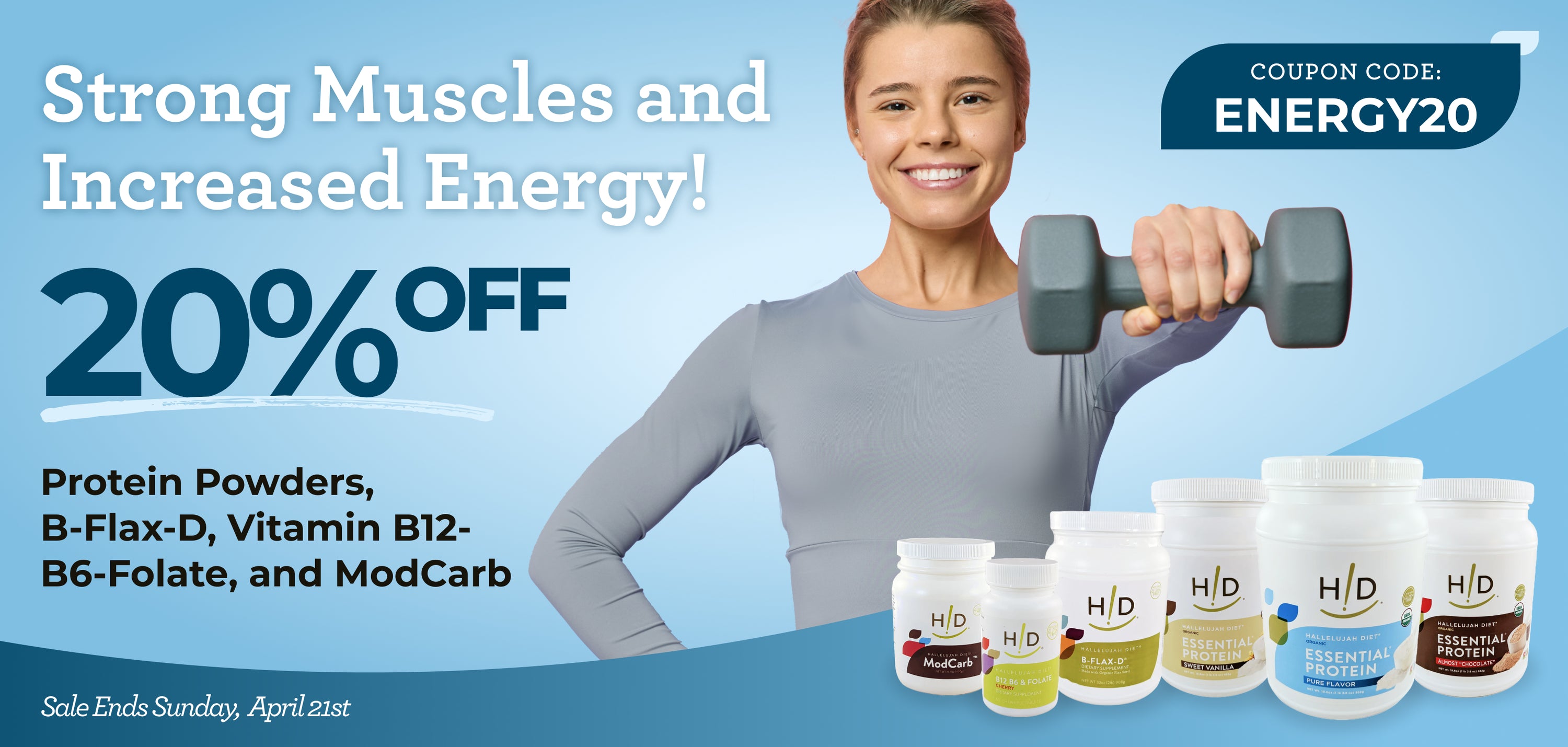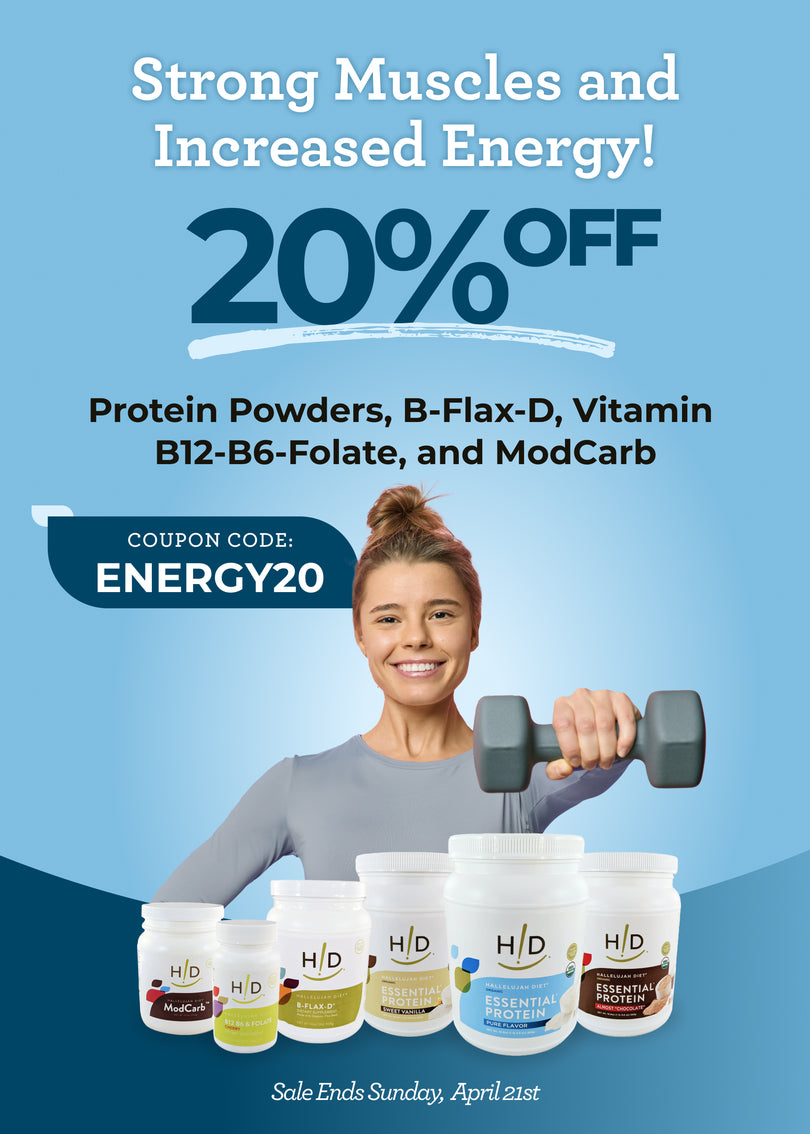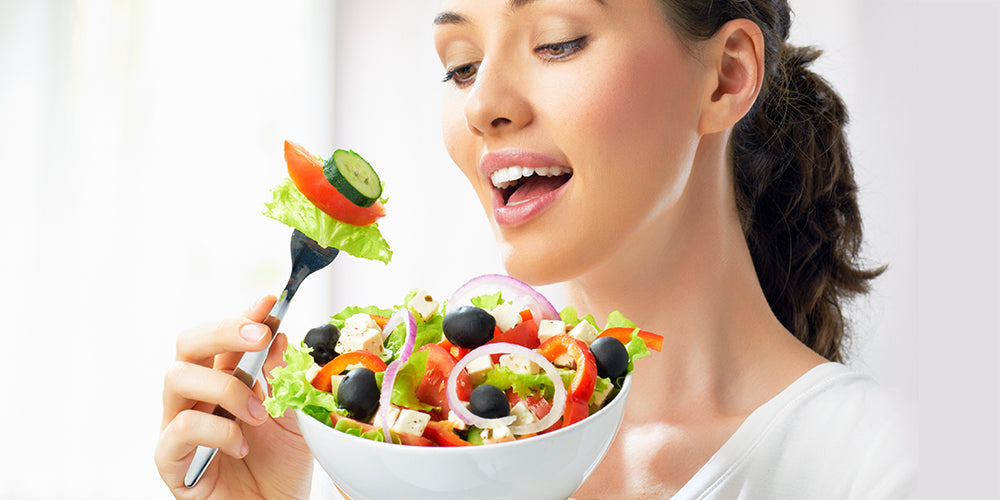Eating a salad is a great way to consume phytonutrients, vitamins, minerals and living enzymes. But some antioxidants are fat-soluble and need a little bit of fat to get those great health boosters into your bloodstream. Here are several tips that may add greater benefit to your already nutrition brimming salad:
- Avocado
- Fermented vegetables
- Beans
- kidney beans
- garbanzo beans
- adzuki beans
- lima beans
- red lentils
- green lentils
- brown lentils
- black beans
- black eyed peas
- broad beans
- red beans
- butter beans
- fava beans
- great northern beans
- haricot beans
- mung beans
- navy beans
- pinto beans
- yellow split peas
- green split peas
- white beans
- Micro-Greens
- Leafy greens
- Seeds and Nuts
- Kohlrabi
- Tomatoes
- Fresh Herbs
- Rosemary will boost brainpower
- Parsley helps prevent breast cancer
- Peppermint soothes the colon
- Oregano fights inflammation
- Thyme provides mega-antioxidants
- Cilantro helps remove heavy metals
- Colors and Textures of the farmers market





